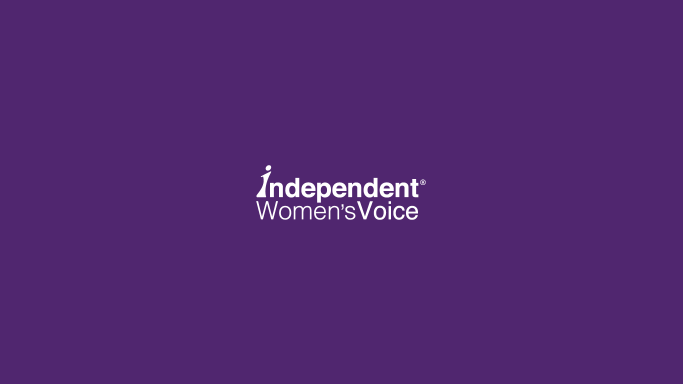The Affordable Care Act (ACA) did not solve the problem of how to fix our healthcare system to deliver quality care that increases options people can afford. In many ways, it made it worse.
According to government officials, premium costs doubled in 20 of the states and tripled in three of them. Average premiums for individual health insurance rose 105 percent from 2013-2017 (the first four years after the ACA took effect). We’re talking about going from $232 to $476 a month on average. Not only have fewer people carried individual policies, but the number of small firms with fewer than 10 employers offering health benefits to their workers dropped 36 percent since the ACA was established.
The Health Policy Census Group, a group of organizations and think tanks, has a new solution: give states more control over healthcare spending, let more people save for their healthcare expenses, and reduce some of the government requirements on healthcare plans that drive the healthcare costs higher.
According to a post for Medium the plan would:
-
Empower consumers with more choices.
-
Reduce costs by unwinding heavy federal mandates and allowing states to innovate.
-
Refocus subsidies on those who need them most.
-
Provide security and protect high-cost patients.
-
Ensure that all Americans can choose a private health plan.
-
Protect life.
-
Put federal spending on a real budget.
Here's how:
-
Replace ACA spending with block grants to states: Each state would receive a fixed amount from the federal government to spend on the following priorities:
-
At least 50% toward supporting people’s purchase of private health coverage
-
At least 50% to provide coverage for low-income people (the two categories will overlap)
-
A portion to offset the costs of high-risk patients
-
Anyone eligible for financial assistance under the block grant, CHIP, or Medicaid can take the value of their premium assistance to purchase the private plan of their choice
-
Be distributed through the Children’s Health Insurance Program Life which provides protections against taxpayer money being used to fund abortions.
-
-
Expands Access to HSAs: Health Savings Accounts allow people to pay for medical care — tax-free — and save for future health care expenses. The proposal would roughly double HSA contribution limits from the current level of $3,450 for an individual and $6,850 for a family, and make more plans HSA-compatible.
The Independent Women’s Voice has signed on to this plan as a supporter. Read the full proposal here.
Turning these ideas into law won't be easy. The Wall Street Journal explains the political realities:
The proposal risks irking centrist Republicans who want to focus on other subjects. Republican leaders have said they have no appetite for another push to repeal the ACA before the November midterm elections unless such a bill clearly has the votes to pass.
…
Still, the proposal’s release reflects the continuing eagerness of conservatives to topple the ACA, a longtime Republican promise whose window could close if Democrats make gains in the midterms as expected. But right-leaning groups are already at odds over the proposal, …
As Americans continue to struggle to pay their for healthcare or lose their coverage, policymakers should consider solutions that will improve our healthcare system. This could be a new way forward.

